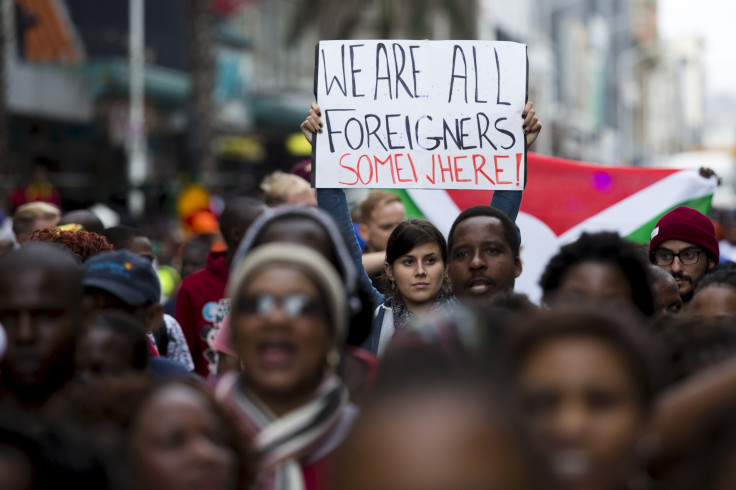
After attaining independence from its colonial ruler in 1994, South Africa became a model of racial unity in Africa, as well as a poster-child of economic prosperity in the region. It also attracted a lot of foreign immigrants. Tension between locals and foreigners has led to major clashes on the streets of Johannesburg and other major cities in recent weeks. Mobs armed with axes, crowbars and other weapons caused at least 6 deaths and countless injuries. Three hundred people have been arrested in connection with the attacks. The government has called for restraint and helped over 1,000 immigrants with housing and food after they were forced from their homes. Many will return to their countries.
Tensions over immigration are not new to South Africa. Discrimination against immigrants is such a commonplace topic that three years ago the fast food chain Nando’s made a commercial making fun of anti-immigrant attitudes. In the latest wave of violence, that commercial has gotten a second run with thousands of shares on social media sites like Facebook and YouTube. The video starts ironically, with a cold, mean-sounding narration “You know what’s wrong with South Africa? All you foreigners,” As migrants cross through a broken fence on foot, their belongings slung over their backs. “You must all go back to where you came from.”
As the narrator names nationalities and ethnicities -- Congolese, Kenyan, Afrikaner (whites) -- subjects in the commercial literally disappear in a puff of smoke. The narrator then names tribal ethnic groups who are domestic migrants or from neighboring countries. Poof. Poof. Poof. It ends on an indigenous man who says in a local language “I’m not going anywhere, you $^#@!s found us here.” Finally, the voice changes tone and says that “real South Africans love diversity -- that’s why we’ve introduced two more items: new [wings] and [french fries].”
Estimates vary, but at least 2 million and as many as 5 million foreign nationals live in South Africa from countries in sub-Saharan Africa like Zimbabwe, Democratic Republic of Congo and Somalia, as well as East Asian countries. For immigrants fleeing war-torn regimes and unemployment rates of over 40 percent, “South Africa is the promised land,” writes John Carlin of the Independent. However, South Africans have their own problems: a 24 percent unemployment rate, high incidences of HIV infection and the vestiges of institutional racism.
© 2025 Latin Times. All rights reserved. Do not reproduce without permission.




